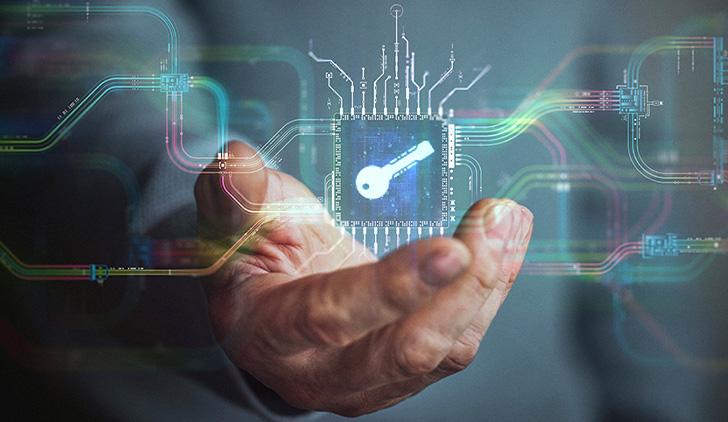
Keep your smart home devices smarter than scammers
Almost everyone has at least one smart home device, but what are they? Simply put, they’re electronic items that connect to the Wi-Fi in your house and make your life more convenient.
You can control your smart home devices with voice commands, smartphone or tablet apps, or automated systems. Some examples include your
- thermostat
- household appliances
- security cameras
- robotic vacuum cleaners and
- treadmills.
Cyber threats and risks
The convenience that smart home devices bring comes with risks. Because they connect to the internet, they are vulnerable if you don’t have the proper security measures. If one smart device is hacked, intruders can access your personal information, spy on your daily activities and even control devices in your home. Securing your smart home devices is crucial to your safety, privacy and peace of mind.
Tips to prevent hacking
- Change your passwords routinely. Use strong and unique passwords, and never keep the default password from the manufacturer.
- Install updates regularly to keep your device protected.
- Use multifactor authentication (MFA), if available, to add an extra layer of security. MFA requires you to sign in with your password and a unique 1-time code.
- Create a separate Wi-Fi network to isolate your smart home devices and limit the damage if one is compromised.
- Disable unused features to curb hackers’ access to your devices.
- Manage your smart home devices by finding out what is connected to your home network and disabling unknown or unused devices.


